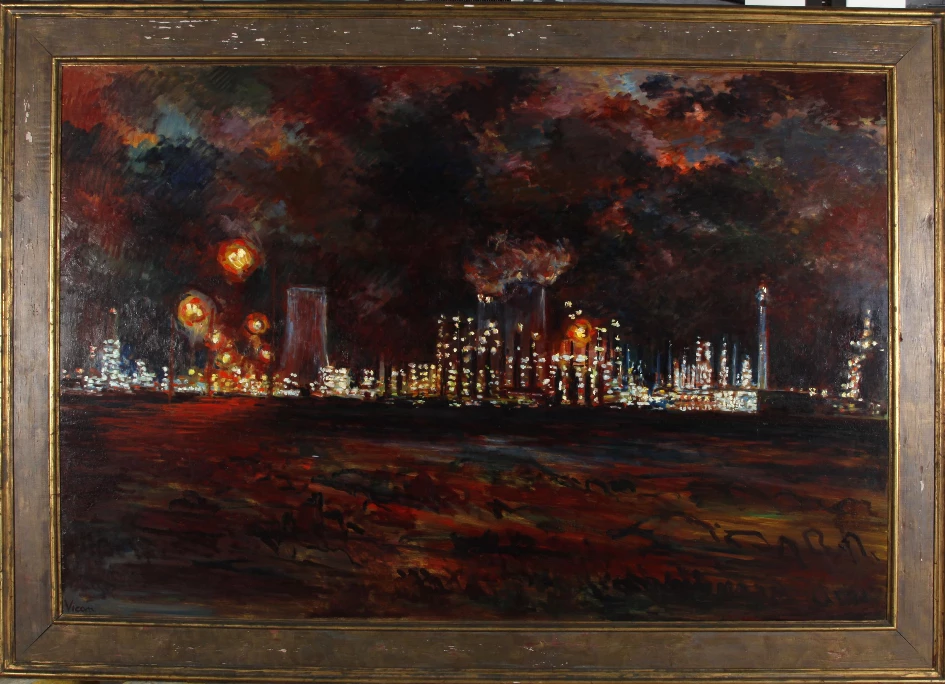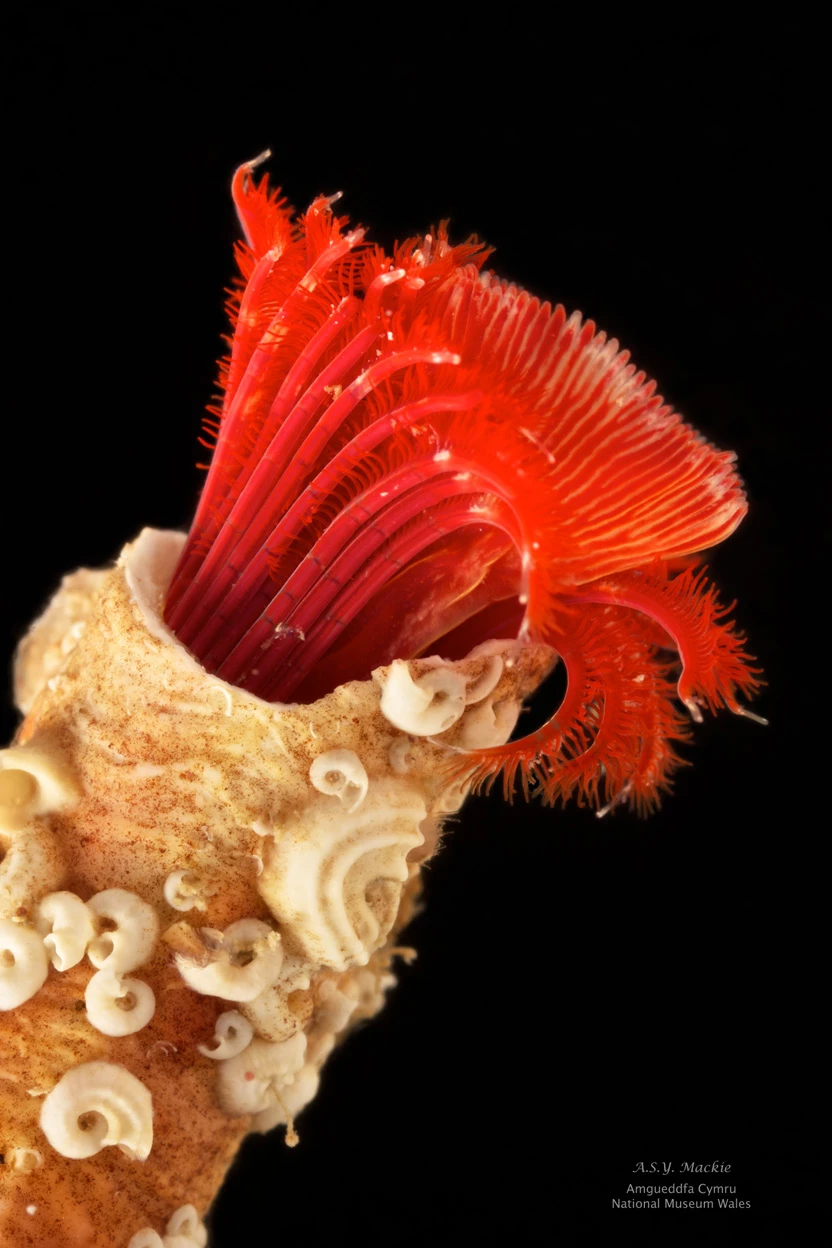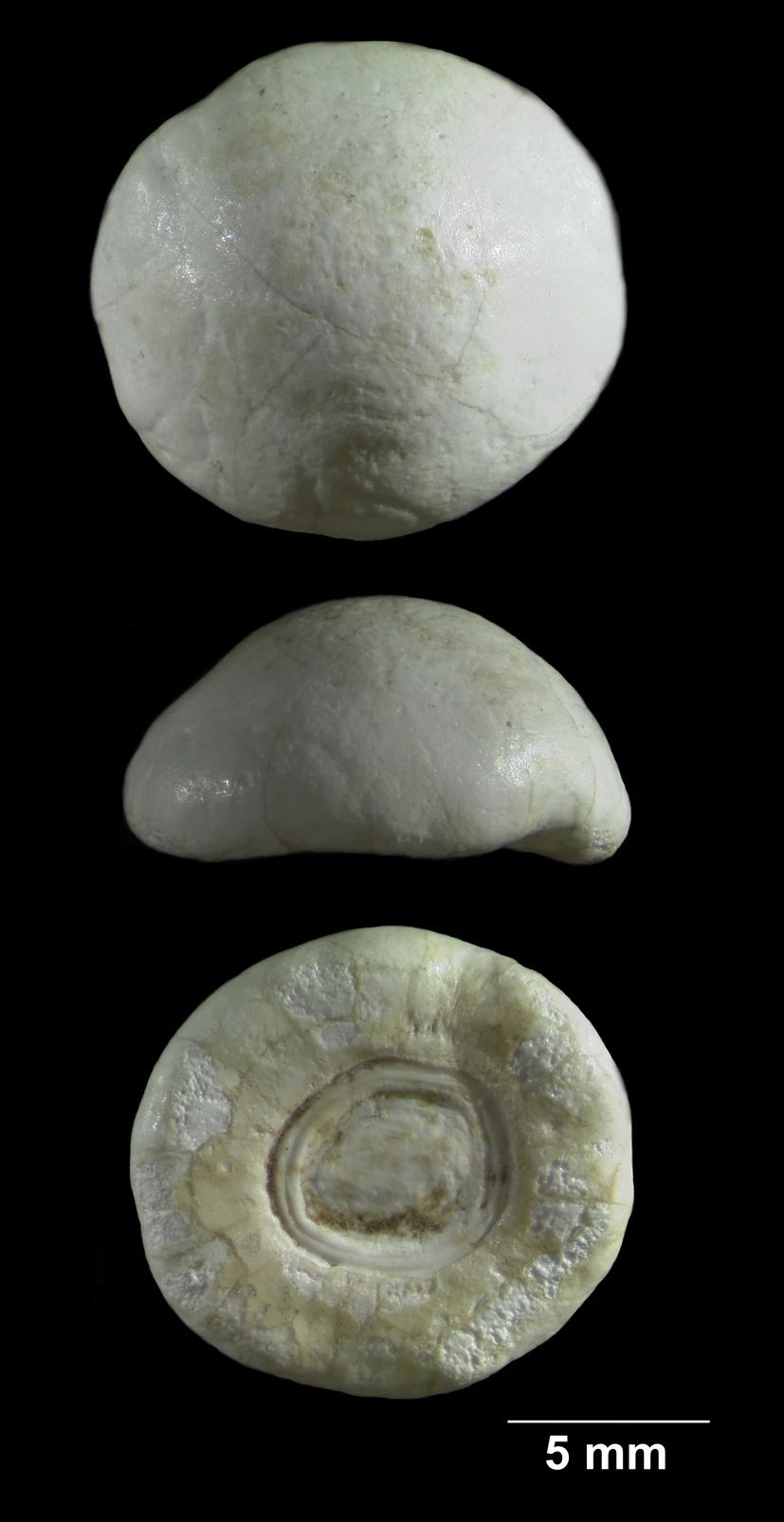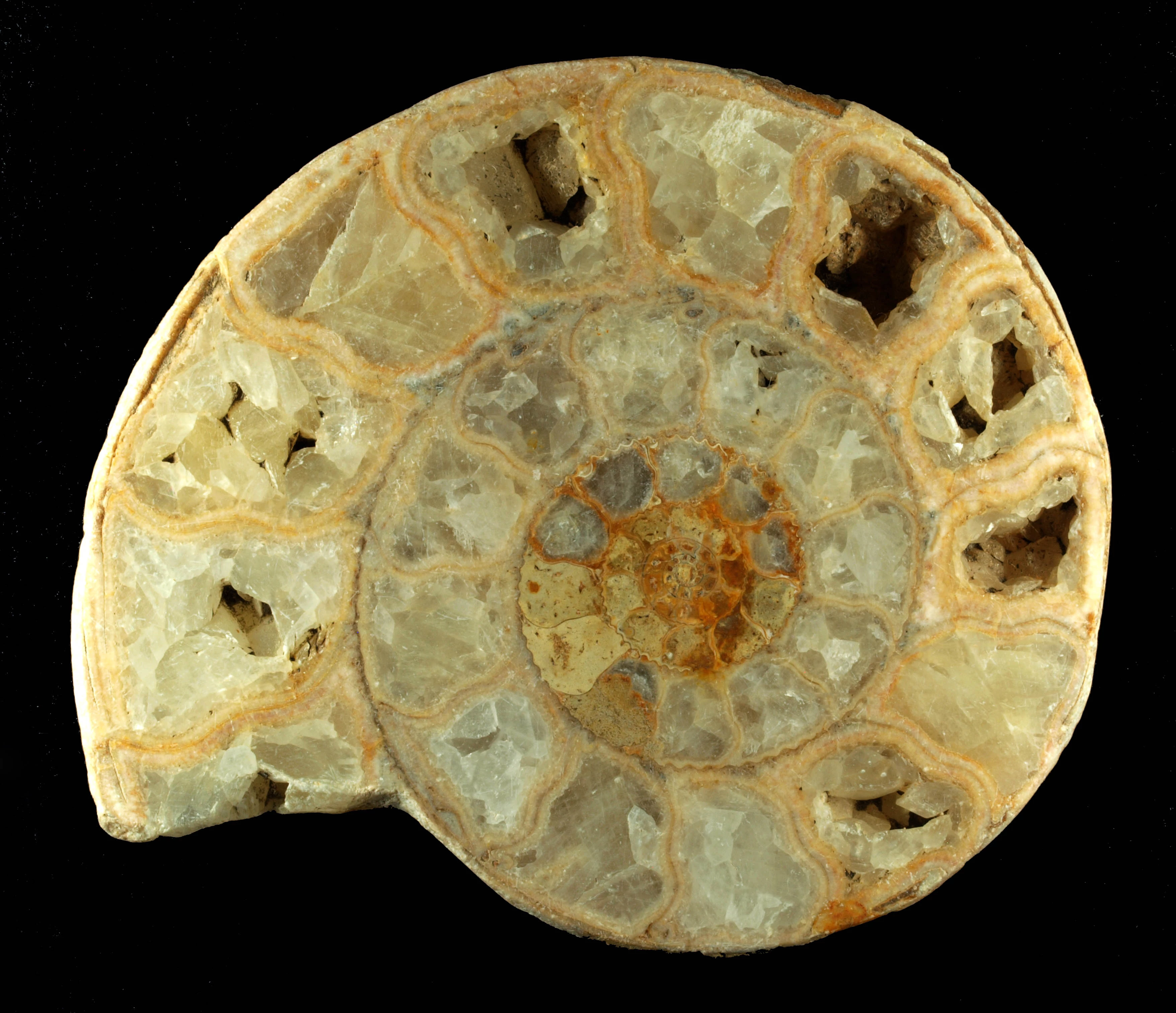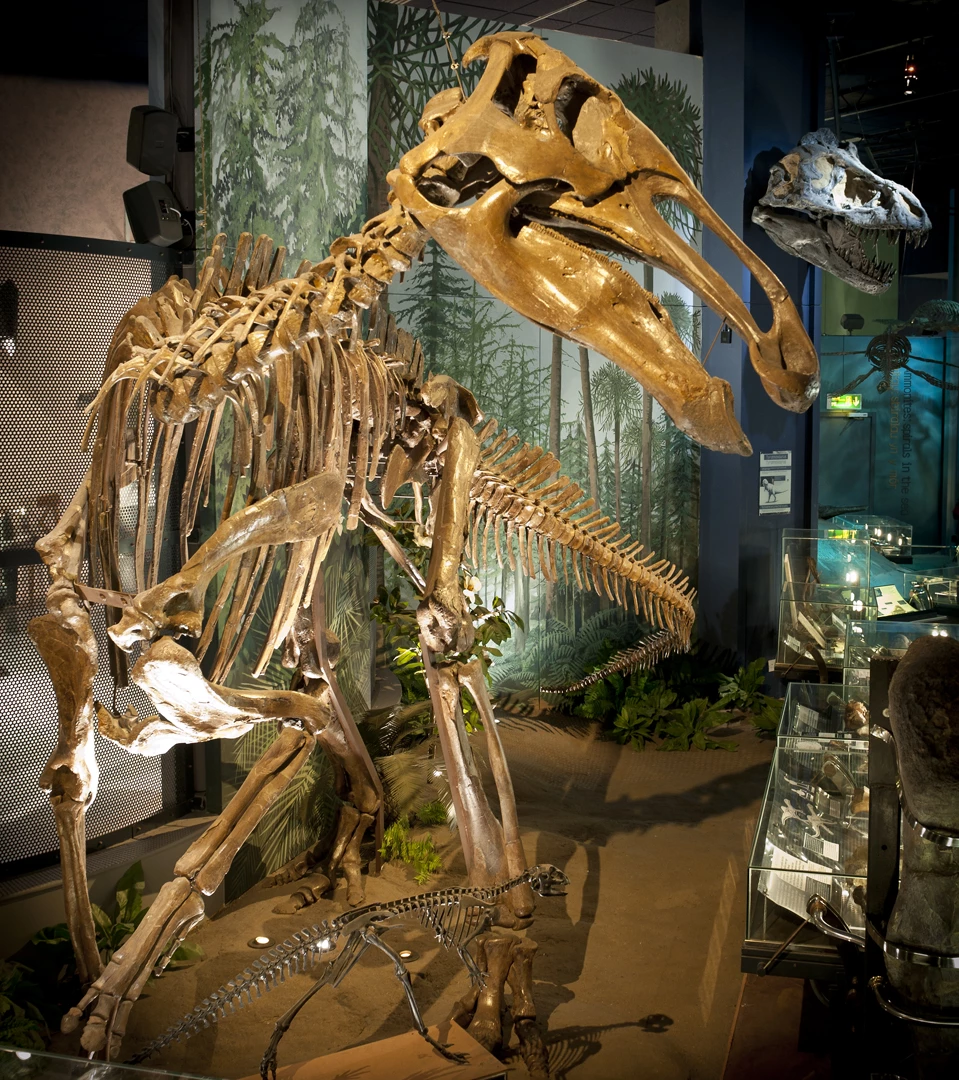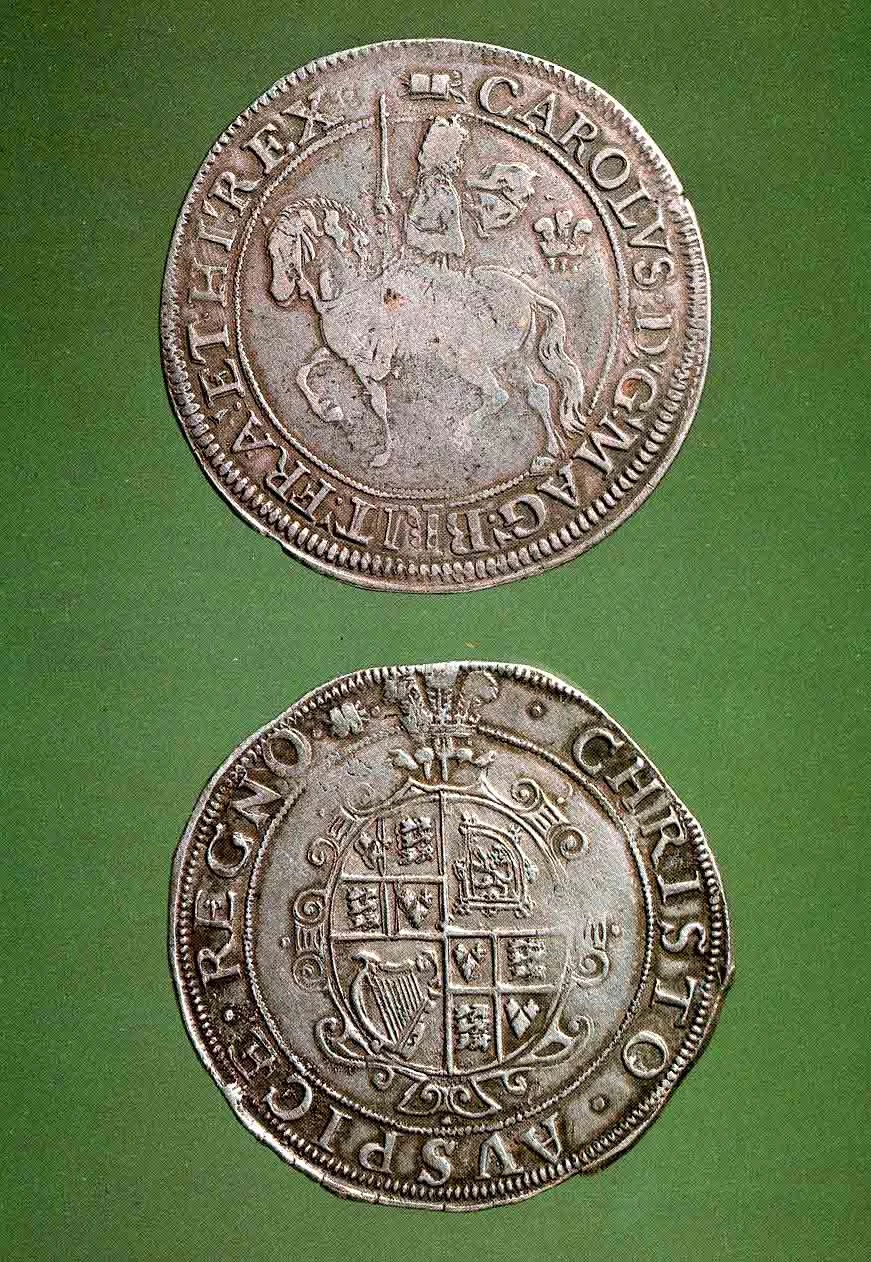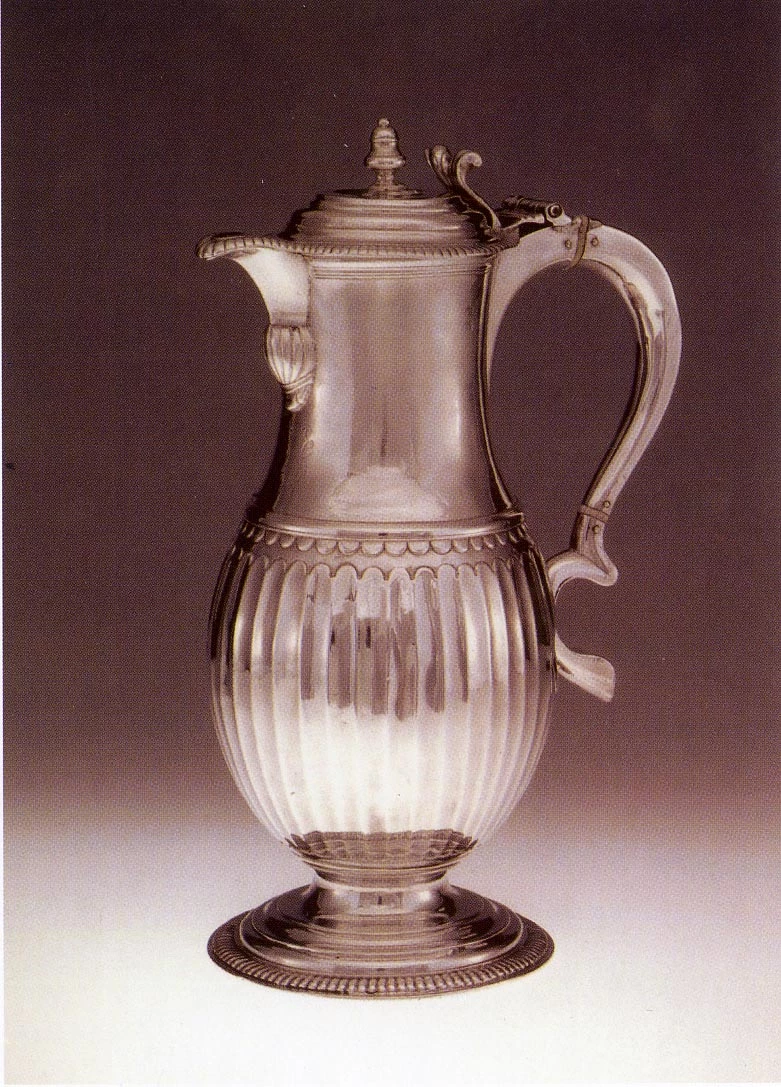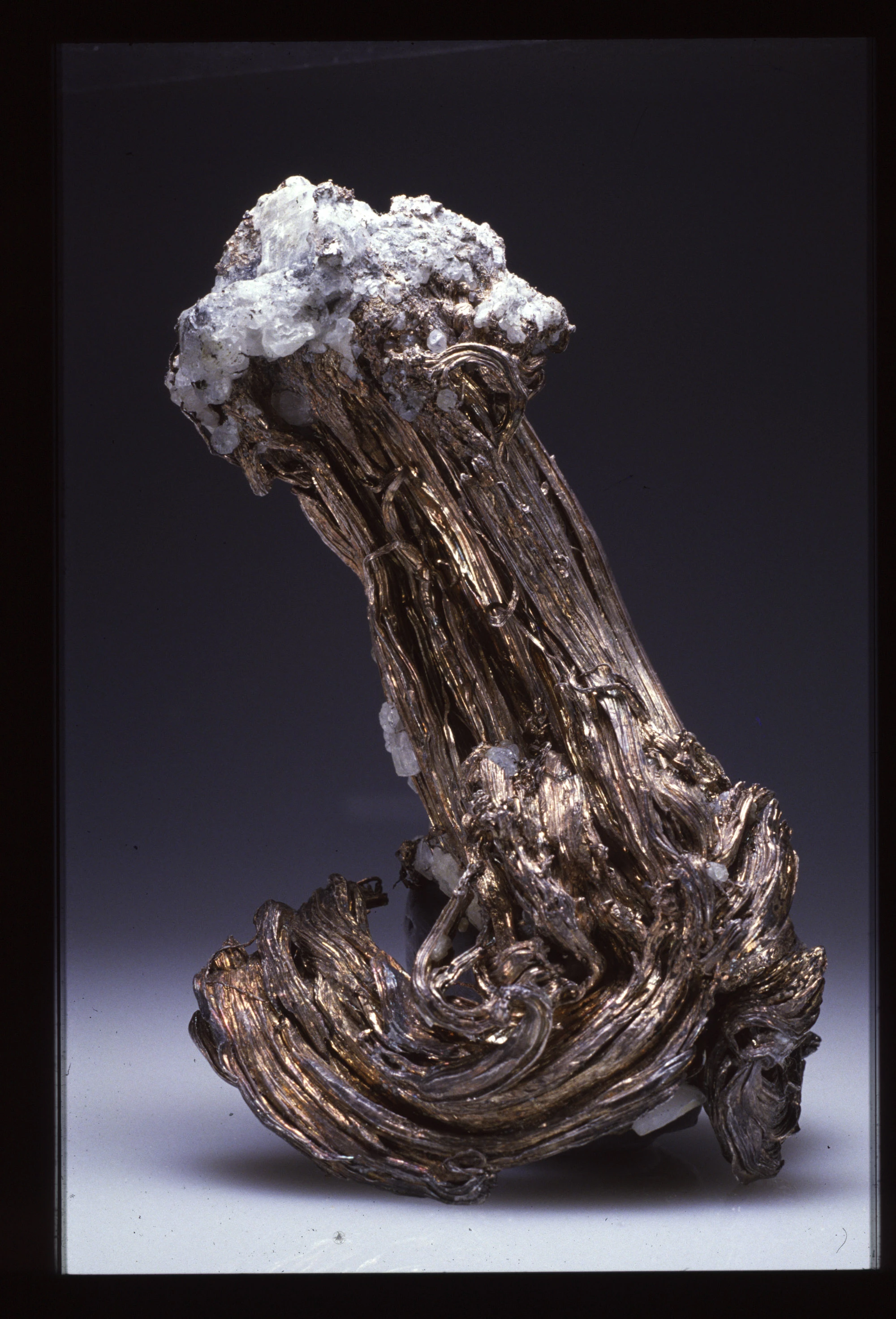Take that oil painting too!
, 1 Gorffennaf 2019
A few years ago the chemical works BP Baglan Bay called me and said they were clearing out the offices as the site was closing and would I like to see if the museum wanted any objects for our Modern Industry collection?
I couldn’t wait to go and have a look, and as there was quite a lot to go through I took our museum van in the hope of a few accessions.
There were lots of photographs, some in frames, some big aerial photos too. There were overalls, hats and jackets with logos on them – just the sort of things that tell a great story when exhibited for displays.
There were tools specific to the industry and other bits and pieces like signs and gauges.
I loaded a few things in the van to take back to the museum so I could go through them to decide what we would like to keep and what should be returned.
But as I was about to leave they called me back and asked if I wanted the paintings? I hadn’t noticed these as they were covered in bubble wrap and stood against a wall.
One of the paintings was quite big, about 4’6”x 6’ (1.5 x 2.1m) and I couldn’t see the subject for the wrapping. The other was much smaller about 2’ x 2’6” (0.6 x 0.76m). I was told the bigger one was an oil painting of Baglan Bay at Night and the smaller one a watercolour of a power station. I put them in the van, got the paperwork signed and left for our stores in Nantgarw where I could spread things out and examine them properly.
About a week went by and I still hadn’t looked at the paintings as I had been going through all the other objects first.
When I did take the bubble wrap off I was really surprised by the quality of both paintings. The oil painting was really striking and the BP staff had told me that it had hung in the office since the 1960s.
I looked for a painter’s signature and then the real surprise hit me! In the bottom corner was ‘Vicari’.
Bells rang deep in my head, where did I know that name from? A quick internet search answered that. The richest living artist in the world. The official Gulf War artist. Artist to the Saudi Royal family. And born in Port Talbot. This fitted my collecting policy perfectly, being an industrial scene in Wales painted by a Welsh artist. The only snag from my point of view was that it could be quite valuable and BP might want to keep it.
I contacted them straight away and told them about the artist and its possible value. One of their directors, David, called me and told me that they were happy it would be going to the National Museum of Wales and he couldn’t think of a better place for it. This generosity meant that we could save a national treasure for future generations.
So far we had treated the painting as if it were a genuine ‘Vicari’, but was it really?
I contacted the ‘Vicari’ website and sent them an image of our painting asking them if they could confirm if Andrew had painted it.
I checked my email every day. No replies. How else could we confirm this if they didn’t get back to us?
One sunny morning about three weeks later my phone rang. I could tell from the number it was someone in France calling. This was not unusual as we have many visits from French schools and as my schoolboy French is just about good enough to get by, my number was very often given to schools as a contact.
After answering with who I was, a deep, rich voice said:
‘Ah, Andrew here, I hear you’ve found the lost Vicari’
I couldn’t believe it! Andrew Vicari calling me from his home in France! To say I was flabbergasted is an understatement!
Andrew told me he had painted Baglan in the early 1960s and was really glad of the commission at the time (when he wasn’t so well known). We spoke for about half an hour about all sorts of things and he went on to tell me an incredible story from 1966.
Andrew had painted a picture that was to be auctioned for the Aberfan Disaster Appeal and went along to the auction in Cardiff. Before it got underway, two burly men approached Andrew and said someone needed to talk to him in private. He was shown to a room and waiting there were two more men in sharp suits, looking a bit ‘dodgy’ (his words). These two told him they wanted to buy the painting, and asked how much did he want for it? He told them that it wasn’t his to sell as he’d given to the appeal and it was out of his hands. They kept on that they wanted it and he needed to get it for them. They were getting more and more insistent. After repeating that he couldn’t a number of times, they finally left, to Andrew’s relief.
It turned out that they were the Kray twins! He laughed ‘I’m one of the few people to have said ‘no’ to the Kray twins and lived to tell the tale!’
He told me that he was very happy his painting was going to be in the National collection and that he would do anything for Wales!
We never had the chance to speak again; sadly Andrew died in Swansea, in 2016 aged 84. It’s lovely that we have such incredible paintings to remember him by.
This story happened in 2009 and the painting has been in our stores in Nantgarw where is has been conserved and a new glazed frame made. We’ve been waiting for a chance to exhibit it and finally it will happen.
You can see the painting as part of an Andrew Vicari exhibition from 13th July to 3rd November 2019 at the National Waterfront Museum, Swansea.
